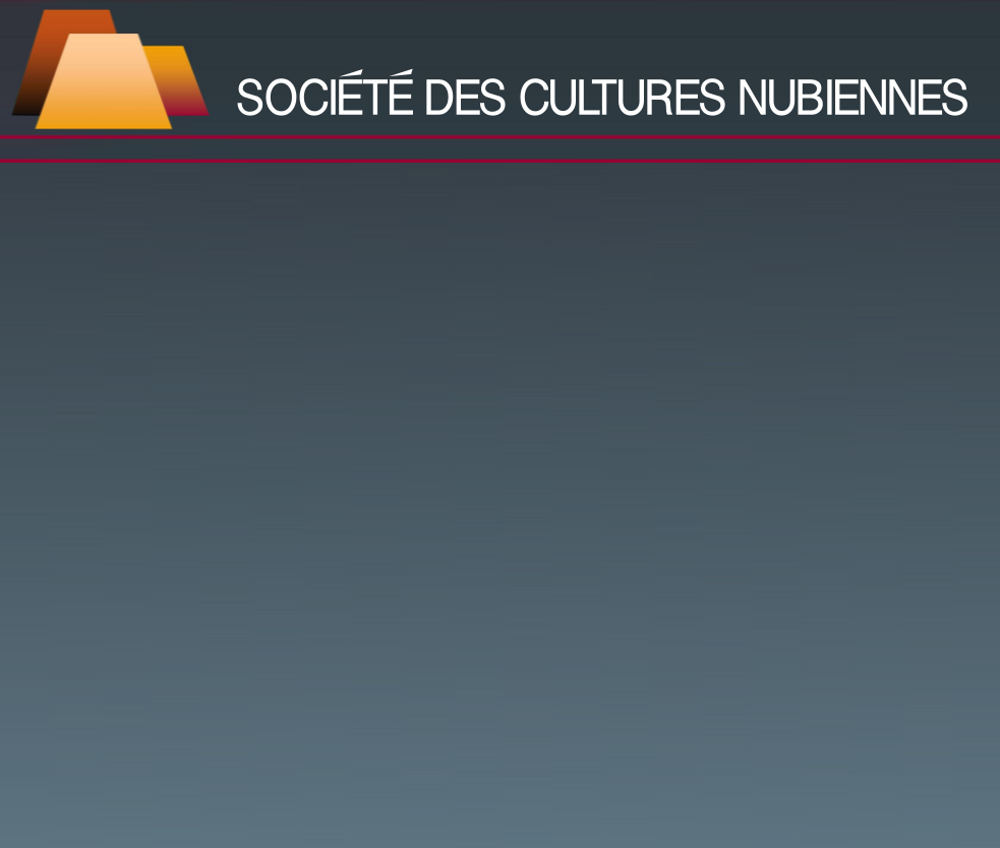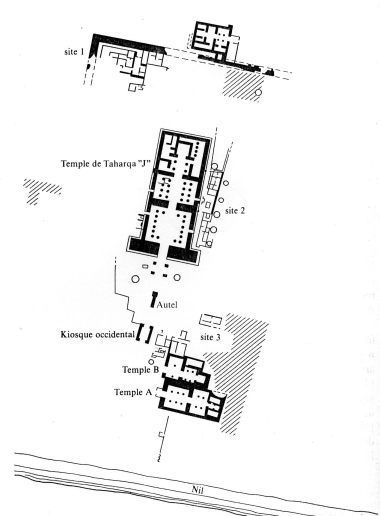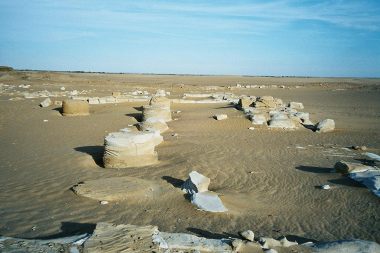


|
KAWA (east bank of the Nile)
Kawa is part of the ancient basin of the Wadi el Khowi, which also includes the Seleim basin. The first excavations were conducted by a Colonel Colthorne in 1885. Between 1929 and 1931, F.L. Griffith of the University of Oxford unearthed the vestiges of four temples. In 1935, M.F.L. Macadam continued the study of the reliefs and the inscriptions while L.P. Kirwan explored the vicinity of the temples. From 1993 to the present, the Sudan Archaeological Research Society, in collaboration with the British Museum, has been studying the region of the Seleim basin, including the town of Kawa and its eastern cemetery.
Not only have the excavations confirmed the presence of an important necropolis dating to the Kerma (2500-1450), but the work of Derek Welsby has emphasised the major role of the town in the Napatan and Meroitic periods.
During the New Kingdom, under Amenhotep IV (Akhenaton 1352-1336 BC), Kawa was given the new name of Gematon, 'the Aton is perceived'. The earliest remains excavated appear to date to the reign of Tutankhamun (1336-1327 BC).
During the XXV Dynasty, Taharqo ordered the restoration of a sanctuary and the construction of a great temple of Amun. Kawa thus became one of the four cult centres of the Nubian valley (Jebel Barkal, Pnubs and Sanam) that served as a setting for the coronation ceremonies and pilgrimages on the occasion of the yearly visit of the king.
In the Meroitic period, its religious function is important but Kawa is also a prosperous urban centre. Derek Welsby has demonstrated its economic role from the time of the first Kushite kings. His excavations have revealed houses, streets, a shrine and several cemeteries. In the eastern necropolis, more than 1000 burials have been identified in the form of tumuli and mastaba.
Today the sand dunes have covered almost the whole site. Nevertheless some major pieces have been rescued, among them the sphinx of Taharqo now on show at the British Museum. The Taharqo chapel, re-assembled in the Ashmolean Museum at Oxford gives an idea of the major role played by Kawa. This small structure was located on a lateral corridor of the hypostyle hall. On the walls, Taharqo offers bread, a pectoral (a large necklace) and a statuette of the goddess Maat to the god Amun, who is accompanied by the Theban triad and by Nubian deities such as Anukis and Satis.
|
  General map of Kawa site, Macadam - 1949 (Copyright : Griffith Institute, University of Oxford) / Plan général du site de Kawa établi par Macadam - 1949 (Copyright : Griffith Institute, Université d'Oxford)
Vestiges of Amon's temple at Kawa built under the rule of the king Taharqa / Arasements du temple d'Amon édifié sous le roi Taharqa à Kawa
|